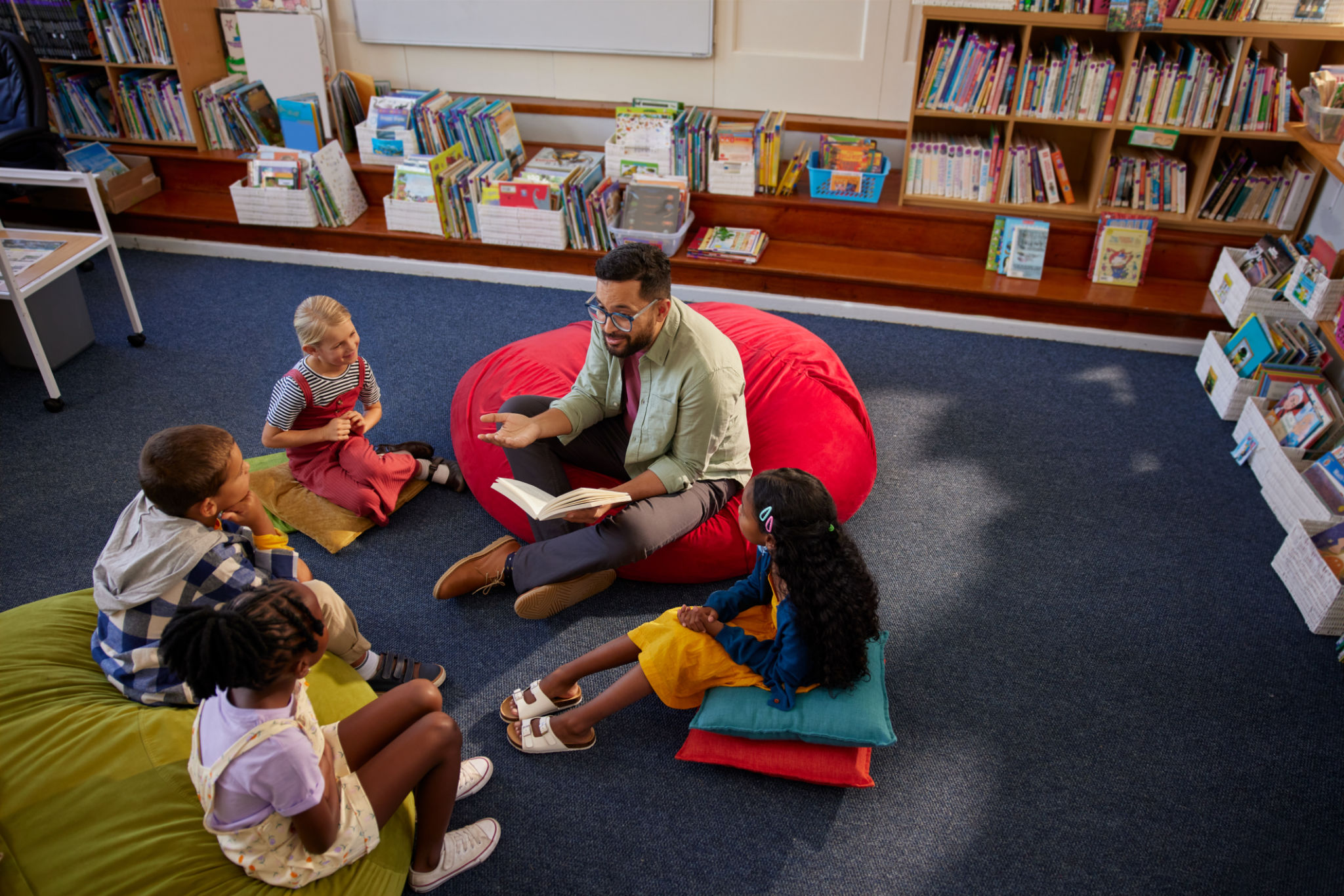How Emotional Intelligence Children's Books are Gaining Popularity
Ho
The Rise of Emotional Intelligence in Children's Literature
In recent years, there has been a noticeable shift in children's literature towards themes of emotional intelligence (EI). Books that focus on helping young readers understand and manage their emotions are gaining traction among parents, educators, and children themselves. This trend reflects a growing recognition of the importance of emotional skills in a child's development, alongside traditional academic learning.

Why Emotional Intelligence Matters
Emotional intelligence encompasses the ability to recognize, understand, and manage one's own emotions, as well as empathize with others. Studies have shown that children with high emotional intelligence tend to perform better academically and have stronger social connections. They are also better equipped to handle stress and navigate the complexities of interpersonal relationships.
As our world becomes increasingly interconnected, the ability to understand and relate to others is more crucial than ever. By introducing these concepts early on, children's books serve as an accessible tool for fostering emotional growth.
The Appeal of EI-Focused Books
Parents and educators are drawn to EI-focused children's books because they offer practical lessons in a format that is engaging for young readers. These books often feature relatable characters facing common challenges, such as making friends, dealing with conflict, or overcoming fears. Through storytelling, children can learn valuable lessons about empathy, self-regulation, and resilience.

Another appealing aspect of these books is their ability to open up conversations between adults and children about emotions. This dialogue can help children articulate their feelings and learn how to address them constructively.
Popular Titles and Authors
Several authors and titles have emerged as frontrunners in the realm of EI children's literature. Books like "The Invisible String" by Patrice Karst and "The Color Monster" by Anna Llenas have become favorites for their ability to simplify complex emotional concepts. These stories use vivid illustrations and engaging narratives to capture children's imaginations while teaching important life skills.
- "The Invisible String" by Patrice Karst
- "The Color Monster" by Anna Llenas
- "When Sophie Gets Angry—Really, Really Angry..." by Molly Bang

The Role of Educators and Parents
Educators and parents play a crucial role in integrating these books into children's lives. In classrooms, teachers can use them as part of a broader social-emotional learning curriculum. At home, parents can read these stories with their children to reinforce the lessons taught and provide additional support and understanding.
By actively engaging with these books, adults can model emotional intelligence for children, demonstrating how to handle emotions in real-life situations.
The Future of Children's Literature
The growing popularity of emotional intelligence children's books signals a promising trend in education and parenting. As awareness around the importance of emotional skills continues to rise, it is likely that more authors will explore these themes, offering an even greater variety of resources for young readers.
This shift not only enriches the world of children's literature but also contributes to nurturing a generation of emotionally intelligent individuals who are well-prepared to face the challenges of the modern world.